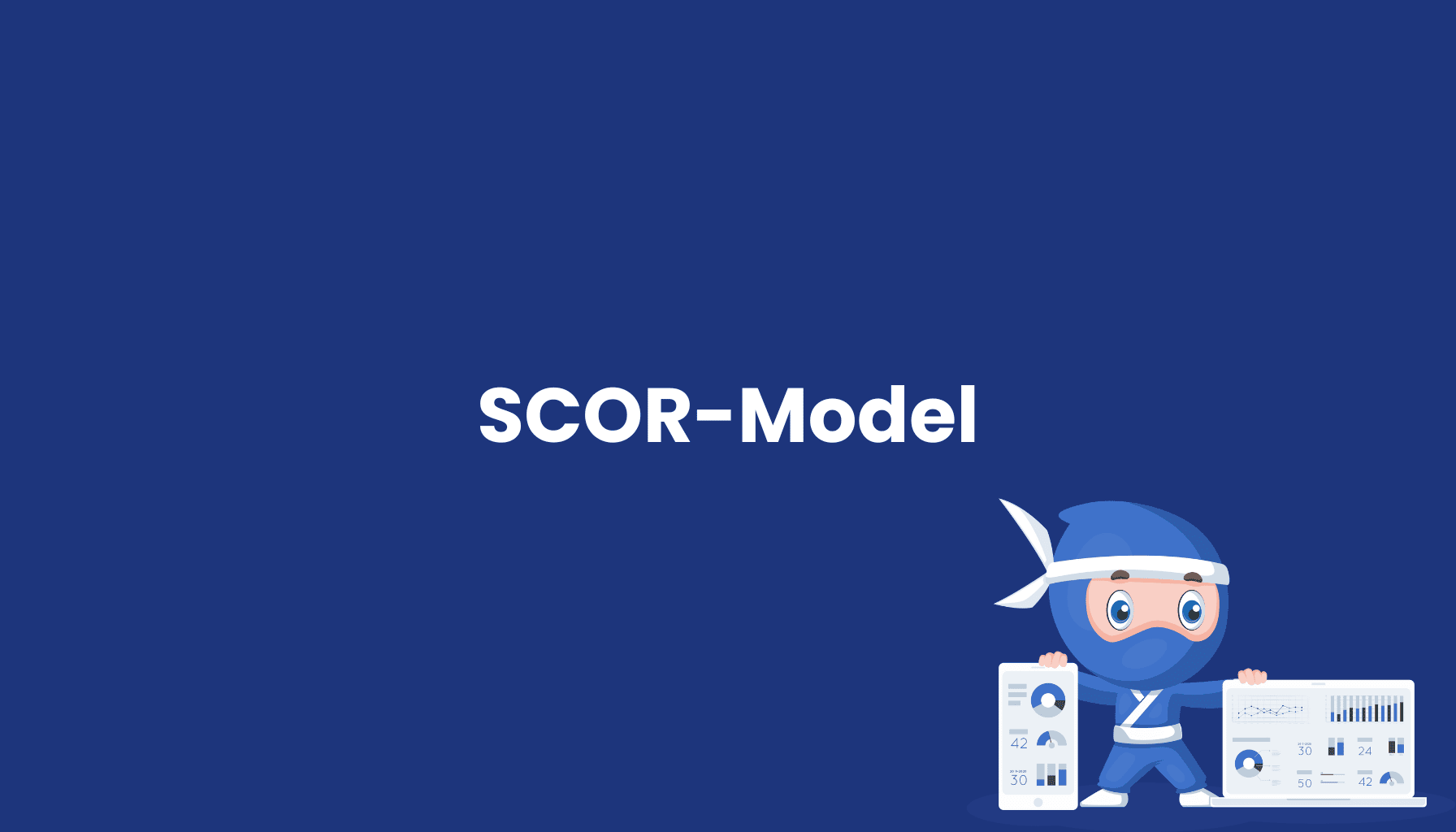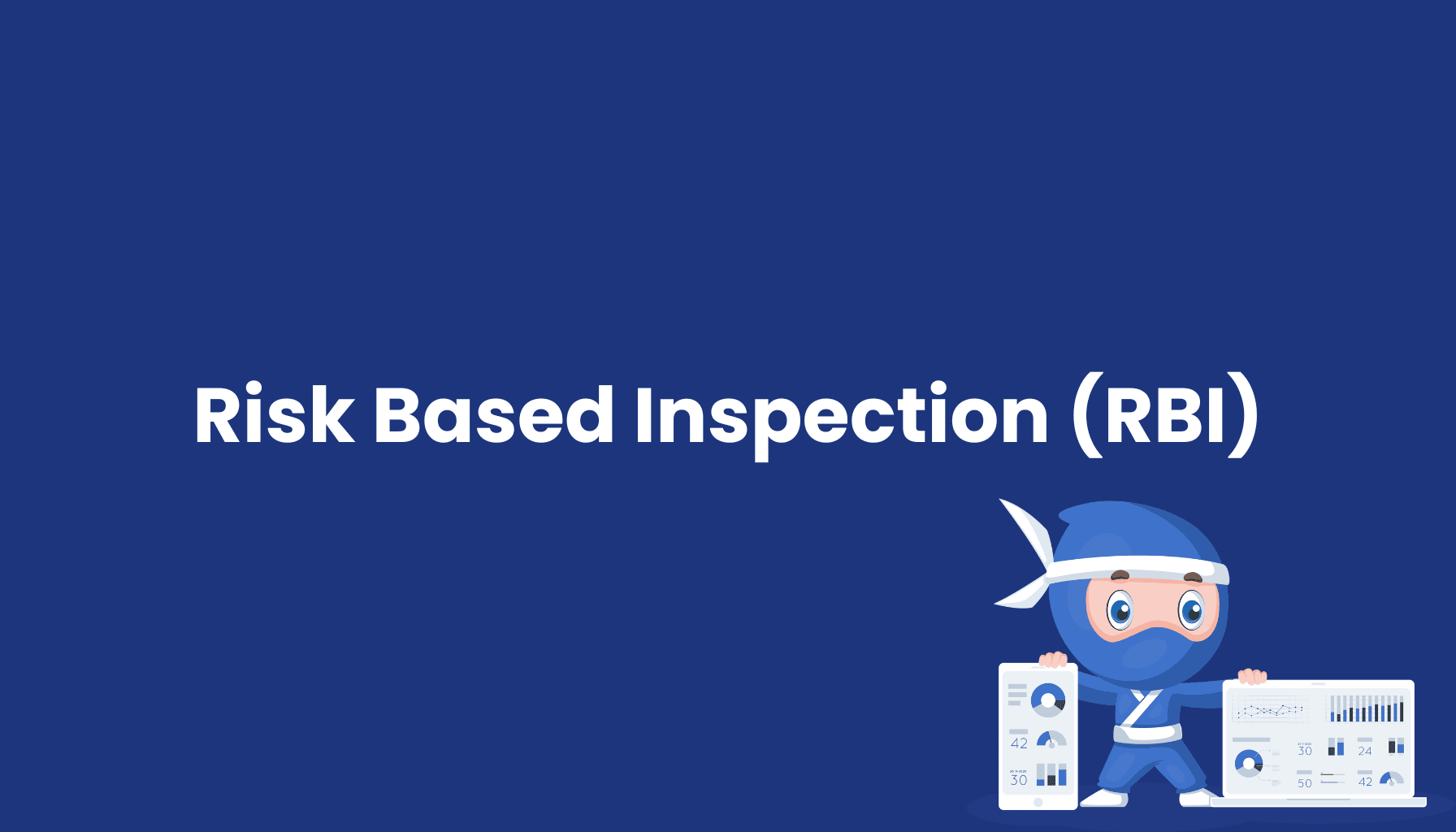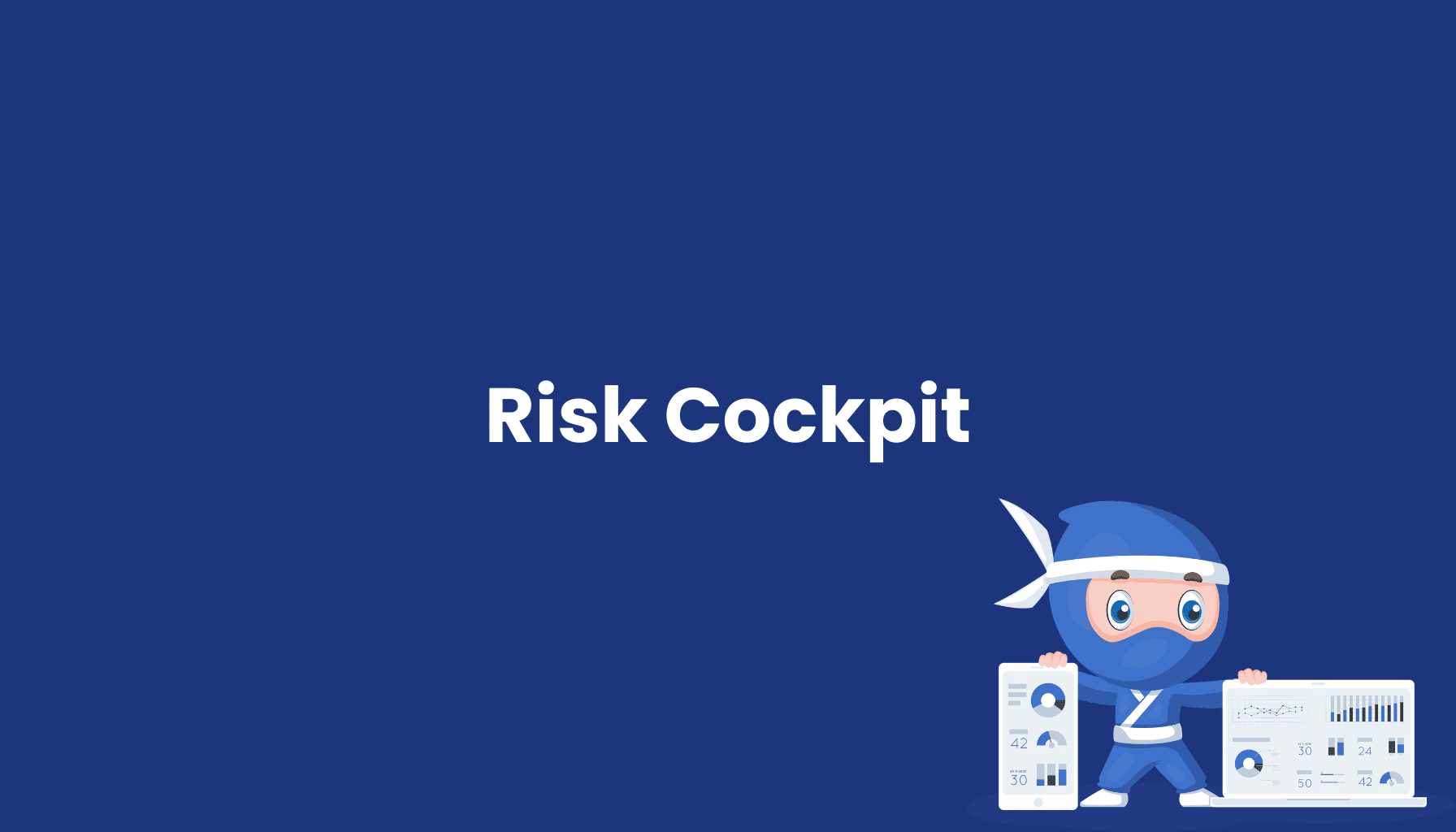SCOR-Model

What is the SCOR Model (Supply Chain Operations Reference)?
The SCOR Model (Supply Chain Operations Reference) is a comprehensive framework for analyzing, evaluating, and optimizing supply chain processes. It provides a standardized approach for structuring and improving processes across the entire supply chain — from procurement and production to delivery and returns.
Key Components of the SCOR Model
- Planning (Plan): Strategic and operational planning of all supply chain activities, including demand forecasting, inventory management, and production scheduling.
- Sourcing (Source): Procurement and management of raw materials and components, including supplier selection, evaluation, and inventory optimization.
- Manufacturing (Make): Production and assembly of final products, ensuring quality control and production planning.
- Delivery (Deliver): Distribution and logistics for delivering finished products, including order processing, warehousing, and transportation.
- Return (Return): Handling of returns and reverse logistics, including recycling and disposal management.
Benefits of the SCOR Model
- Standardization: The SCOR model provides a common language and methodology for structuring and analyzing supply chain processes, facilitating collaboration and communication.
- Benchmarking: With SCOR, companies can compare their performance metrics against industry standards and best practices.
- Process Optimization: The model helps identify inefficiencies in the supply chain and implement targeted improvement measures.
- Transparency: SCOR promotes end-to-end transparency across the supply chain, improving decision-making and both internal and external collaboration.
- Customer Satisfaction: Optimized processes within the SCOR framework result in faster delivery times, reduced costs, and improved product quality.
Implementing the SCOR Model
- Analyze Current Processes: Document and assess existing supply chain processes.
- Identify Improvement Opportunities: Examine the current supply chain for inefficiencies and bottlenecks.
- Define KPIs: Establish key performance indicators to measure the success of optimization efforts.
- Process Optimization: Implement identified improvements to enhance supply chain efficiency.
- Continuous Improvement: Regularly review and adjust processes based on KPI outcomes.
Conclusion
The SCOR Model is a valuable tool for optimizing supply chain processes. By enabling systematic analysis and improvement of supply chain efficiency and effectiveness, SCOR reduces costs, enhances quality, and improves customer satisfaction.





